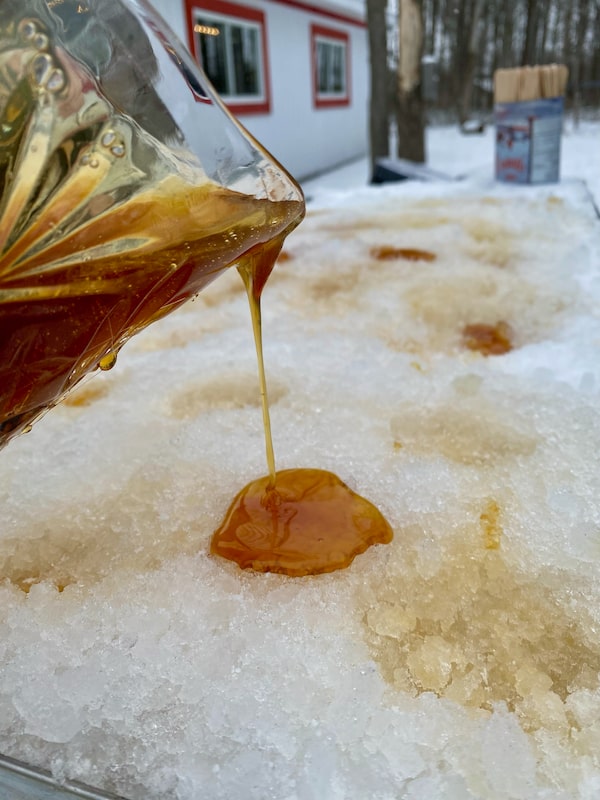
Maple taffy.Amy Rosen/The Globe and Mail
On a snowy mid-March morning, I was invited into the Haudenosaunee Mohawk Trail Longhouse in Kahnawake in Quebec. A stove-warmed space of wood panelling and cushioned benches, it’s a special place where stories are told, decisions are made and traditions are passed down.
“Our people always knew that the maple sap was needed in the spring to bring our strength back,” says Niioieren Eileen Patton, an elder, and natural storyteller, in the same way a beloved schoolteacher can captivate an eager classroom. “It’s nature’s perfect food. They learned it from the squirrels who they saw drinking the sap and running around …”
Suddenly hit with a dry throat, Patton’s voice goes hoarse. She grabs a glass of tap water, stirs in a healthy glug of syrup from the community’s own maple stand, and takes a deep sip. “It soothes,” she says, her voice once again clear and bright.
Maple syrup holds profound significance for Indigenous people in Quebec. Communities, including the Kanien’kehá:ka (Mohawk), Anishinaabe (Algonquin) and nine other Indigenous nations, have been harvesting maple sap from trees and transforming it into golden syrup for centuries.
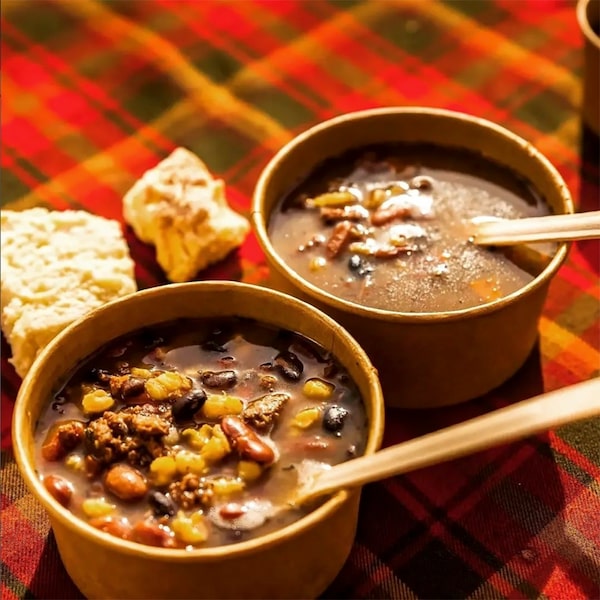
Sagamité is a traditional soup from the Indigenous culinary heritage, made with beans, corn, vegetables and spice.Sagamité Watso/Handout
It’s a process that’s connected to cultural practices, seasonal ceremonies and traditional foods, but for a time was in danger of being lost. Now, new Indigenous businesses are springing up, from the first Mohawk restaurant in Gananoque to a popular brewery, a community minded café and the best maple doughnut I’ve ever had. The sap is running in Quebec.
Exploring the many uses of birch and maple syrup. Plus: a recipe for birch (or maple) scones
Ryland Diome, a Kanien’kehá:ka chef known for his catering at powwows, was inspired by his mother’s and grandmother’s recipes, but imbues his Cordon Bleu training into everything he does at his new Screaming Chef Cuisine bistro in Kahnawake, all chic matte black walls and picnic tables.
I start with butternut squash stuffed with nixtamalized hominy (the local corn kernels are cooked in lye water (or limewater), rinsed and hulled), manoomin (wild rice), maple and blackberries. It tastes of nature and lore. Shrimp are coated in blue and white corn flour, sage and sumac, then delicately fried, and served with local blueberry sauce. Diome says there’s been a resurgence of Indigenous maple syrup makers in the community, though most are still small. “This is all just the tip of the spear,” he says. “It’s important for me as a warrior to fight for my people. This is my way of doing it.”
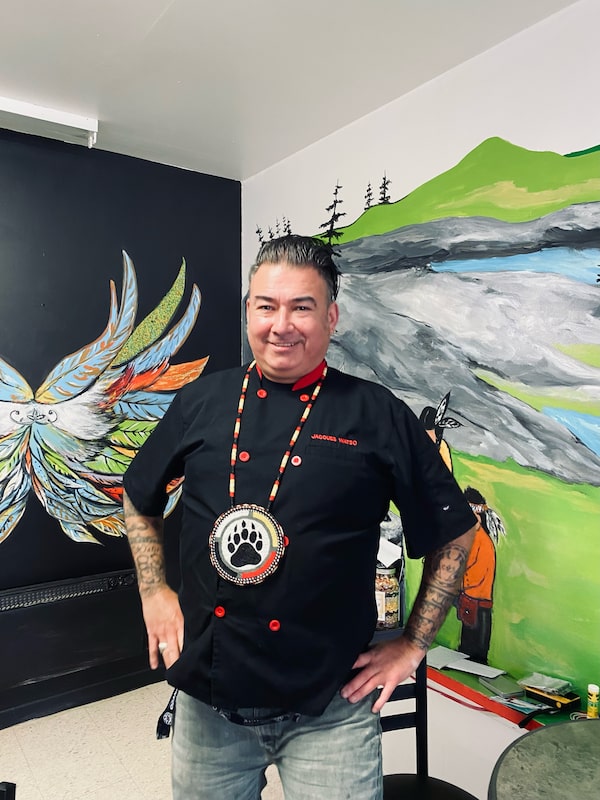
Local chef and community leader Jacques T. Watso leased a space and opened Café Masko, named after his daughter, where the culinary heritage of the Abenakis of Odanak is on full display.Amy Rosen/The Globe and Mail
After lunch, I stop by the Kahnawake Brewing Co., the first Indigenous-owned microbrewery on a First Nations territory in Canada. The place is full of French and Mohawk locals, and tourists like me, occupying the tables and curved bar, many here for the Jay’s game, pub food and a taste of their newly tapped 2024 maple ales.
The True North IPA, for example, is a West Coast-style ale that’s hops forward but has maple in it to balance the bitterness. “We add a bunch of maple syrup to it, both during and after the brewing process,” says head brew master Andrew Stevens. Some four litres of syrup per 400 litres of beer, he figures. To offset the beer, I have one of their maple doughnuts, which is so good I lick the glaze off of my plate, and my friends’ plates as well.
Maple season isn’t just delicious, it also falls within the spring equinox, signalling an end to Quebec’s long winter, and welcoming in sunshine and celebrations. As the sun sets at La Maison des peuples autochtones, an Indigenous museum and maple grove in Mont-Saint-Hilaire, a drum beats, and a song is sung like a prayer. Sap is boiling in a huge cast iron pot set over an even bigger fire. We gather around it while further warming up with potent Equinox Martinis (2 oz Forest Gin by local Terre à Boire; 1 oz aged Apple Brandy by local Ciderie Michel Jodoin; 1 oz fresh lemon juice and 1 oz local maple syrup).
The Historic Sites and Monuments Board of Canada recognized La Maison and its woodsy grove as the only national reference site for maple farming and production in the country. In other words, long before the arrival of European settlers and the latter pancake feasts and fiddling, the sugar shack was rooted in the maple spring gatherings of the First Nation peoples.
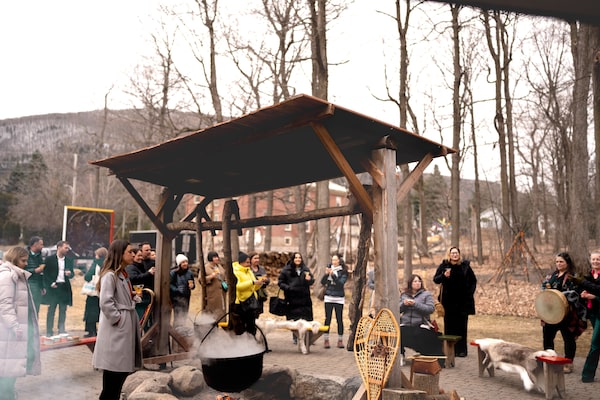
A celebration for the spring equinox, which maple season falls within.TOURISME MONTÉRÉGIE/Handout
At the totem-decked Musée des Abénakis on the shores of the Saint-François River in Odanak, I learn even more about the history of maple in the area, including more on those clever red squirrels. Vicky Desfossés-Begin, the general manager of the museum, leads me around the permanent exhibition, which details the deep history of the Indigenous in the region.
According to legend, it was the red squirrel that first gave the Wabanaki people the idea for extracting maple sap. Semi nomadic, they would eat the maple sugar they had boiled down in birch baskets under the sugar moon, the third moon of the year, which signalled the start of maple season. They’d put it in their soup, their tea, their bread. And then, like the squirrels, they’d eat it at no other time of the year, in order to remain spry.
Just down the road from the museum, Jacques T. Watso, a local chef and community leader, leased a space and opened Café Masko, named after his daughter, where the culinary heritage of the Abenakis of Odanak is on full display. They have a lot to share, including a collection of the special baskets I had just learned about at the museum. And then there’s lunch.
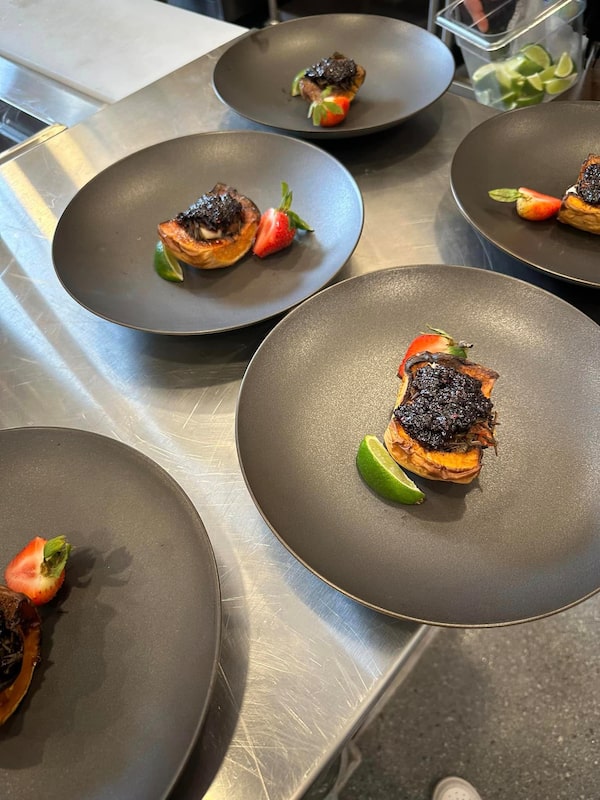
Screaming Chef Cuisine bistro's butternut squash stuffed with nixtamalized hominy (the local corn kernels are cooked in limewater, rinsed and hulled), manoomin (wild rice), maple and blackberries prepared by Chef Ryland Diome.Handout
Watso makes his own version of what was once called “survival soup” – la Sagamité Watso – from nine varieties of beans, hominy and seasonings, and says it’s “Indigenous, nutritious and delicious.” Vibrant murals and local products (Rowy’s pickles, Moccasin Joe coffee beans, Watso’s soup mix) line the walls, along with heritage crafts and gorgeous beaded earrings. I dip my bannock into the hearty soup and sip on wild berry juice hit with cedar and white pine, which tastes like tiptoeing though a forest during springtime.
As a March snowstorm rolls in, I start to worry about its effect on this year’s maple season. (And will there be doughnuts next year?) But then I remember something Patton had said at the longhouse in Kahnawake. “Trees talk to each other, and their roots provide for them, in good seasons and bad ones,” she said. “This season will likely be very short, but the trees will be okay. We have an agreement with them.”
The writer was a guest of Bonjour Québec. It did not review or approve the story before publication.